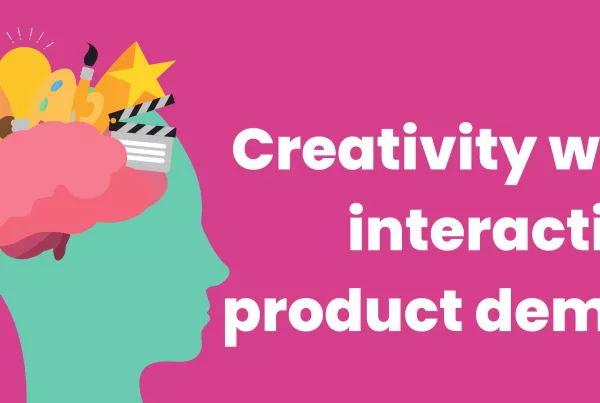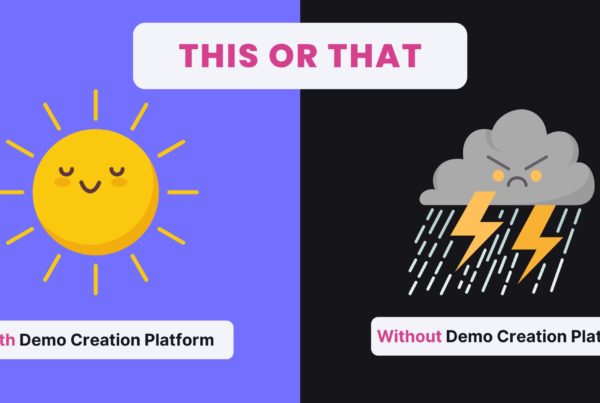Welcome back to the second recap of our recent webinar with the Revenue Collective (catch the first part here). This time, I’m talking all about marketing’s role in the process of adapting to a product-led approach – it’s more involved than you might think at first. Here’s a summary of what our panelists had to say.
Adapting to a PLG mindset
One of the biggest challenges for marketers in a traditional sales-led SaaS organization is that lots of other people in the company start out afraid to actually show the product, because of privacy or confidentiality concerns. And of course, that’s the first step in PLG. So everyone in the company needs to get comfortable with it, not just people in marketing, and that can be a hard sell at first.
Another adaptation that needs to take place is segmenting your marketing efforts and creating several different buyer personas. You need to create content for both new and experienced buyers, and have a good mix of product content and thought leadership content.
Stop Forcing the Funnel
It’s no longer about coaxing or forcing your buyers through your funnel anymore with PLG, making them jump through hoops to look at your product or get basic info. This means you need to take on tasks like having a pricing page on your website – people who are looking to buy want that information and have high purchase intent when they’re looking at that page.
You also need to be really clear about the goal of your marketing and not try to sneak around buyers, who have gotten really savvy. That means not hiding product pitches in content and making product tours the main call-to-action on your site. You can even build product tours so your BDRs can send them to prospects before a demo as well.
Marketing has led the way here a lot in PLG. They can help segment out the audiences because it’s really obvious when people don’t want to talk to sales, so marketing can give them options to avoid that. There’s been a lot of trust lost in the process of marketing SaaS products so far – buyers are wary. They know now that those white papers and other gated content is mostly there to get an email address so a sales rep can find you, and they’ve figured out this is a big bait and switch and how to work around it. Delivering truly valuable content the right way helps rebuild this trust.
Want to get really advanced at the PLG marketing game? Create product tours on your site that are specific to each buyer persona. And then created guided tours for each persona over time. (Sounds tough, but it’s easy to do with tech like Reprise.) And don’t gate the product tour – don’t even have a “request a demo” button because all those are barriers that create friction.
Marketing’s new job in PLG
Marketing is all about demand generation in PLG. If the demand isn’t getting higher no matter how much you pour into marketing, you need to determine if it’s a messaging problem or a product problem, because with PLG the product is so critical. And revenue is your new key measure for what’s working.
Marketing and sales are on the same team in PLG and since both are responsible for revenue, they really need to work together. The sales team becomes product consultants guiding prospects through the product instead of this one rigid sales process. Marketing helps customers shortcut paths so their buying experience can be as easy and buyer-friendly as possible.
Your product is what you buyers want to see and also your most valuable asset, which is great for marketers. Buyers are demanding a product experience early and often, so you don’t need to focus on packaging the product anymore. With PLG it’s all about the product itself. The ways companies accomplish that (especially small ones) is an emphasis on the types of product experiences throughout the whole funnel.
Watch the Full Webinar
There was so much great content in this talk that I can’t cover it all in just two blog posts – so watch the whole webinar here!
https://www.crowdcast.io/e/reprise-webinar_1
Photo by Campaign Creators on Unsplash





